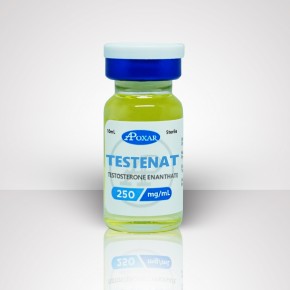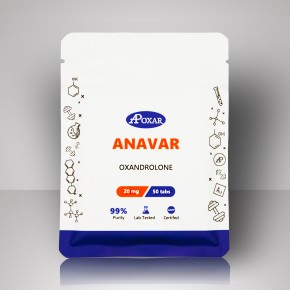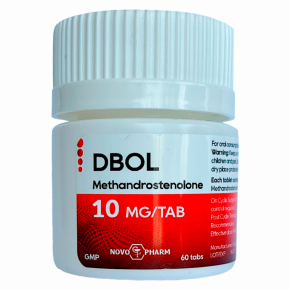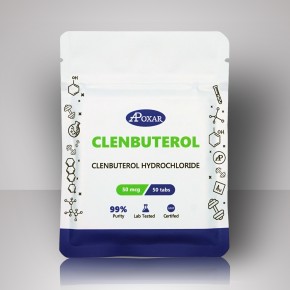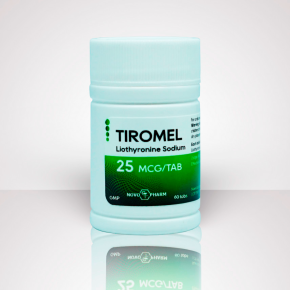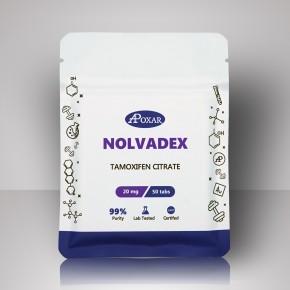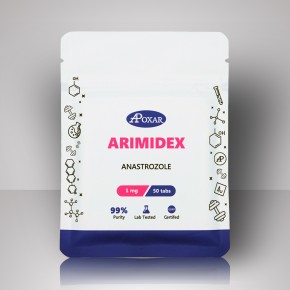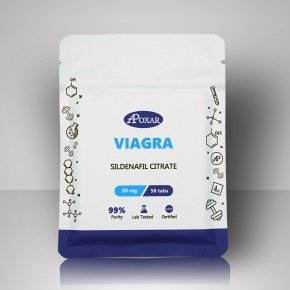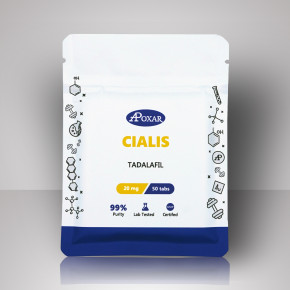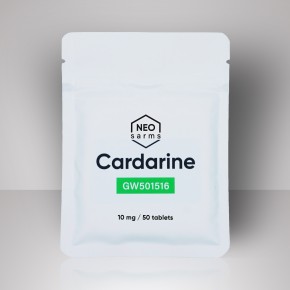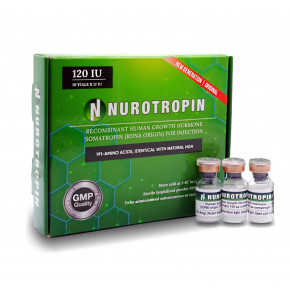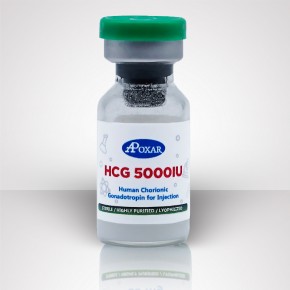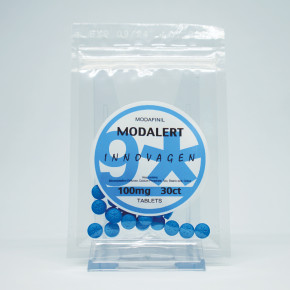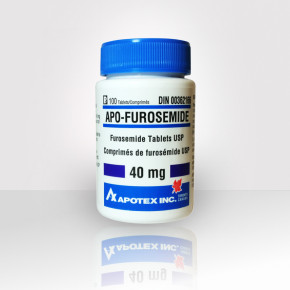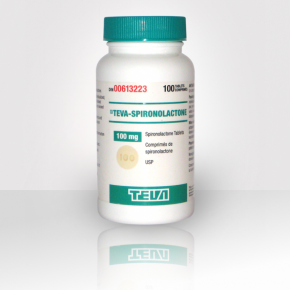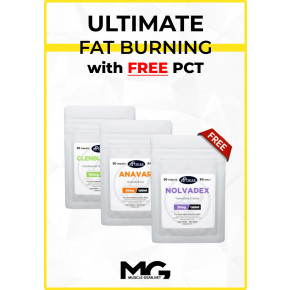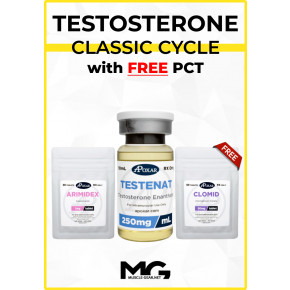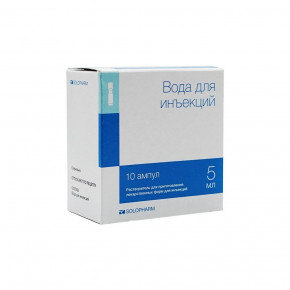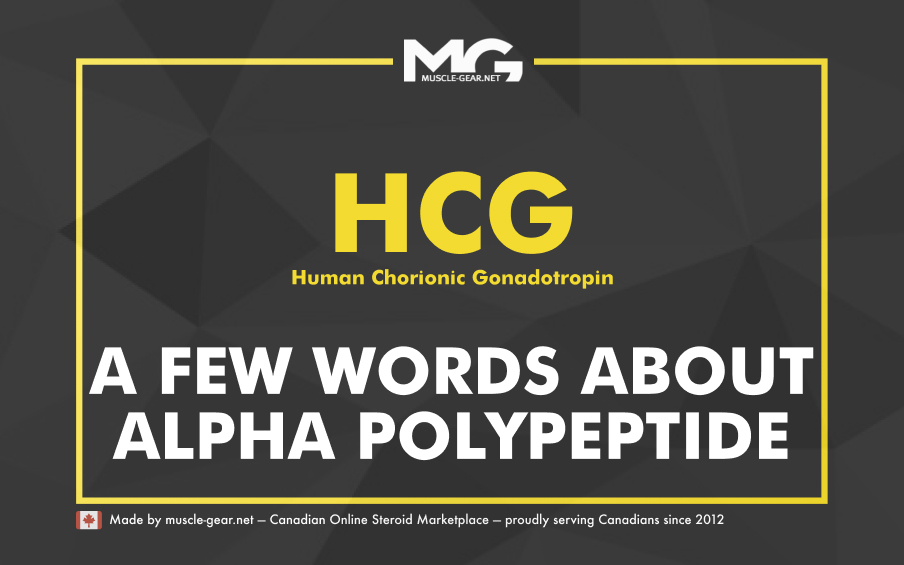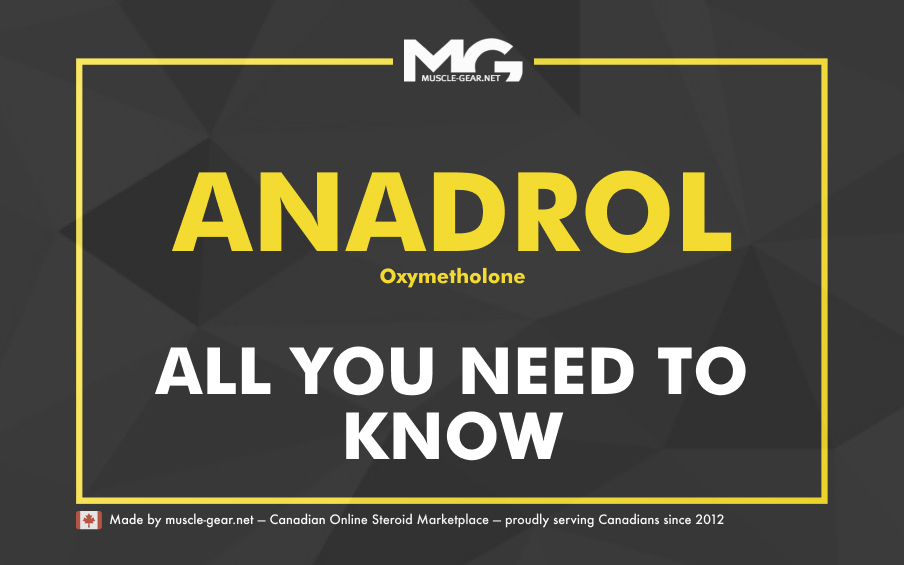Growth hormone (HGH) in sports
Growth hormone (GH, somatotropic hormone, STH, HGH, somatotropin, somatropin) is a peptide hormone of the anterior pituitary applied in sports for obtaining muscle definition. Growth hormone or somatotropin (from Latin soma – body) has got its name due to its ability to stimulate linear (lengthways) growth acceleration in young people, mainly through the growth of long bones.
Basic level (norm) of growth hormone in the blood equals to 1-5ng/ml, while at peak moments it may increase up to 10-20 or even 45ng/ml.
Pharmacological properties
- Anabolic effect – causes muscle growth
- Anti-catabolic effect – prevents muscle breakdown
- Reduces body fat
- Regulates energy use
- Accelerates wound healing
- Rejuvenating effect
- Promotes regeneration of internal organs (atrophied with age)
- Stimulates bone growth and increases height in young people under the age of 26 (until the growth plate closes) and strengthens bones
- Increases blood glucose level
- Strengthens the immune system
Some effects are caused directly by the drug, but a considerable part of them is mediated by insulin-like growth factor IGF-1 (previously called somatomedin C), which is produced in the liver under the influence of somatotropin and stimulates the growth of most internal organs. Almost all of the effects of growth hormone in sports are caused by IGF-1.
Age-related secretion changes
Growth hormone secretion is being steadily reduced with age. It is minimal in the elderly, who have lower secretion level, as well as lower frequency and amplitude of secretion peaks. Basic level of somatotropin reaches its maximum in the early childhood. Secretion peak amplitude is maximal in adolescents during intensive linear growth and sexual maturation.
Daily secretion rhythms
The secretion of somatotropin, as well as of many other hormones, occurs periodically and has several peaks daily (usually, secretion peak occurs every 3-5 hours). The highest peak is observed at night, in about an hour after falling asleep.
Growth hormone HGH in bodybuilding
Initially, growth hormone drugs were used for medical purpose, but almost simultaneously this hormone became widespread in sports due to its bulking-up and fat-burning properties. In fact, the first growth hormone drugs were pituitary extracts from deceased people, and only in 1981 a recombinant somatotropin drug was produced.
In 1989, somatotropin was banned by the Olympic Committee. Despite the fact that the use of growth hormone in sports is banned, the amount of drug sold has increased by several times during the last decade. Growth hormone is mostly applied in sports, especially in bodybuilding, where it is combined with other anabolic drugs.
Lean muscle mass gain and fat burning
The main reason for HGH high popularity in sports is its fat-burning properties. Besides, studies have shown that somatotropin promotes lean muscle mass and connective tissue gain as well as increases muscle cell volume due to water retention.
Another positive effect of somatotropin lies in a lower risk of injuries, as it strengthens both bone and connective (tendons, cartilages) tissues. Growth hormone accelerates post-injury healing and tissue repair.
It should be noted that there is no sense to resort to growth hormones in powerlifting, as it was experimentally proven that it has no power-boosting property. Somatotropin contributes to neither stamina nor performance, and, even on the contrary, one gets tired faster and recovers slower. That’s why growth hormones are useless for athletes in the sports where these factors are important.
General conclusion: Growth hormone can be applied in sports in order to improve muscle definition. Advantages: high effectiveness, low frequency of side effects, the drug does not affect the function of the penis and potency, causes no androgenic effects, does not require PCT, after a one-month cycle the total mass increases slightly (3-4 kg), and in some cases stays the same due to considerable fat loss. Disadvantages: high cost – about $1,000 per cycle. The drugs are expensive and actively forged, so chances are high to come across a fake.
Side effects of growth hormone
- Tunnel syndrome
- Hyperglycemia
- Suppression of thyroid function
- Water retention
- Increased blood pressure
Growth hormone stimulators
The main regulators of growth hormone secretion are hypothalamic peptide hormones (somatostatin and somatoliberin), which are released by hypothalamic neurosecretory cells into pituitary portal veins and directly influence somatotrops. However, the balance of these hormones and somatotropin secretion are affected by many physiological factors. Scientists have proven that growth hormone secretion level can be increased by 3-5 times without hormonal drugs.
Secretion stimulators
Peptides are the most powerful growth hormone stimulators which increase the concentration by 7-15 times, while the cost of the equivalent course is several times lower:
- GHRP-2
- GHRP-6
- GRF (1-29)
- CJC-1295
- Ipamorelin
- HGH Frag (176-191) – fragments Clophelin and moxonidine (antihypertensive agents) are the most powerful secretion inducers among the drugs. Bamberger CM, Mönig H, Mill G and co-authors experimentally have proven that clophelin (in a dose of 0.3mg) increases GH level in humans from 0.2 to 5.4ng/ml, moxonidine (in a dose of 0.3mg) increases the level from 0.1 to 4.8ng/ml. For comparison, a standard dose of GHRH boosts the level up to 14.8ng/ml. Moreover, moxonidine promotes insulin secretion and has anti-catabolic effect. These properties make the drug quite effective in bodybuilding (especially if antihypertensive therapy is needed).
- Baclofen is another stimulator which has proven its effectiveness. This drug is an analogue of GABA, but it penetrates into the brain easier. Besides, baclofen produces sedative, myorelaxing and euphoric effects.
Other stimulators
- Enough sleep
- Physical exercises (in this case aerobic training is almost twice more effective than weight training)
- GABA
- Protein consumption
- Arginine amino acid
- Glutamine amino acid
- Hunger is a wrong option in bodybuilding
- Creatine has recently been proven to promote the production of IGF-1

 Trusted by 50,000 Customers
Trusted by 50,000 Customers